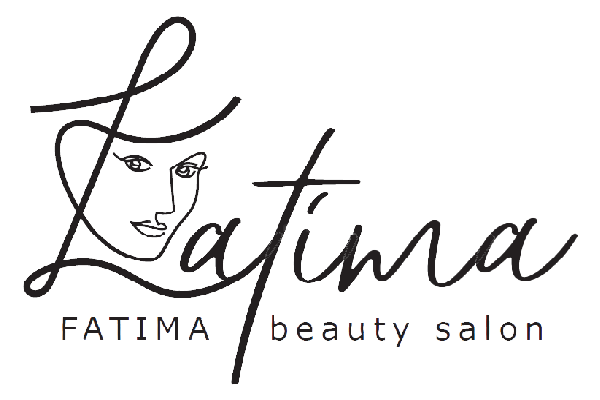Hair color and all its advantages and disadvantages for hair 6 items
What you read in this article about hair color:
- What is the color of the hair?
- What is the advantage of hair coloring?
- What are the disadvantages of hair dyeing?
- What is the care after hair coloring?
- How many times a year is it appropriate to dye hair?
- What is the best hair color material?
What is the color of the hair?
Hair dye is a cosmetic substance used to alter the color of hair. It typically contains chemical compounds that adhere to the hair and change its color. The use of hair dye as a beauty product and a means to modify the appearance of hair has been prevalent in various cultures.
Pinpointing the exact invention date of hair dye is challenging. However, the history of using natural substances for hair coloring dates back centuries, if not millennia. Initially, people used materials such as flowers, plants, and even minerals to change the color of their hair.
The use of chemical dyes for hair coloring emerged in the 19th century, but the early products were often highly toxic. In the 20th century, processes and products improved, leading to the development of safer and higher-quality hair dyes that we are familiar with today.
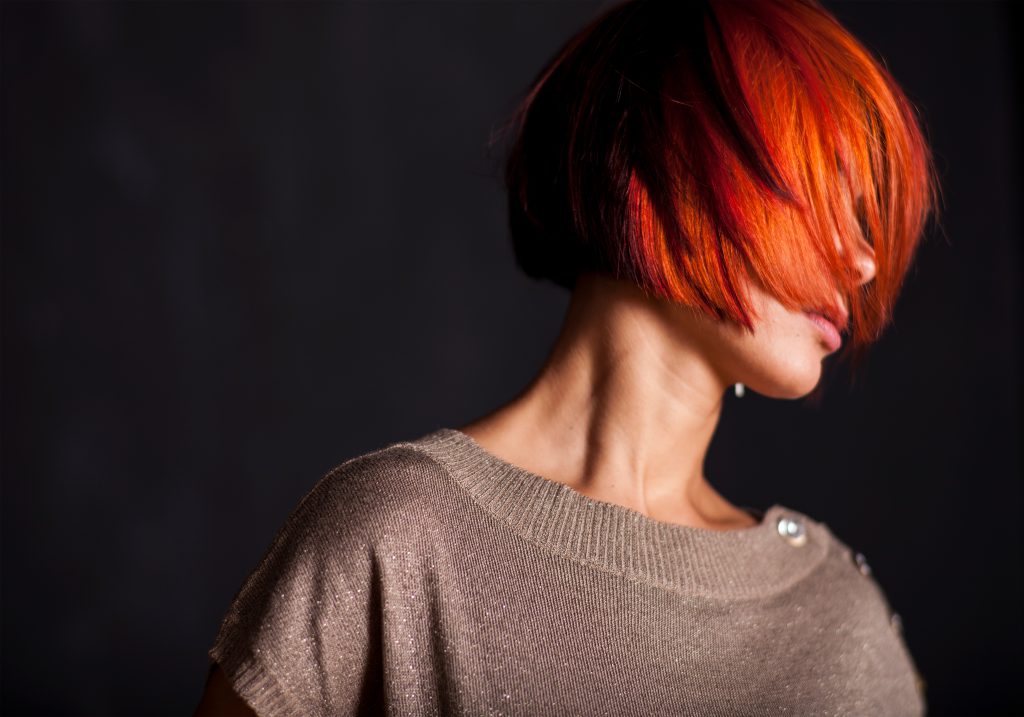
What is the advantage of Hair color?
Hair color offers several advantages, and people choose to color their hair for various reasons. Some of the advantages of hair coloring include:
- Aesthetic Enhancement: One of the primary reasons people color their hair is to enhance their appearance. Hair color allows individuals to experiment with different looks, express their personality, and stay on-trend with fashion.
- Covering Gray Hair: Hair color provides an effective way to cover gray or white hair, helping individuals achieve a more youthful appearance. This is particularly important for those who may be concerned about signs of aging.
- Self-Expression: Hair color is a form of self-expression. People often use it as a means to express their individuality, creativity, or unique sense of style. It allows for a personal and customizable approach to one’s appearance.
- Boosting Confidence: Changing the color of one’s hair can boost self-esteem and confidence. It may contribute to a positive self-image, especially if the individual is pleased with the new look.
- Temporary Changes: Hair color provides a relatively temporary way to change one’s appearance. Unlike permanent alterations, such as haircuts, color can be modified or returned to its natural state over time.
- Fashion Trends: Following or setting fashion trends is another reason people opt for hair color. Trendy and vibrant hair colors can be a way to make a bold statement and stay current with popular styles.
- Variety of Options: The availability of a wide range of hair color options allows individuals to choose from various shades, tones, and techniques. This variety ensures that people can find a color that suits their preferences and complements their skin tone.

What are the disadvantages of hair dyeing?
While hair dyeing has numerous advantages, it’s important to be aware of potential disadvantages and risks associated with the process. Some of the drawbacks of hair dyeing include:
- Chemical Exposure: Many hair dyes contain chemicals such as ammonia and peroxide, which can be harsh on the hair and scalp. Prolonged or frequent exposure to these chemicals may lead to damage, dryness, and irritation.
- Allergic Reactions: Some individuals may develop allergic reactions to the chemicals in hair dye, leading to symptoms such as redness, itching, swelling, or rash. It’s advisable to perform a patch test before using a new hair dye to check for potential allergies.
- Hair Damage: The chemicals in hair dye can strip the hair of its natural oils, leading to dryness, brittleness, and breakage. Overuse of hair dye or using dyes with high levels of peroxide can contribute to long-term damage.
- Uneven Results: Achieving the desired color can be challenging, especially for those attempting to dye their hair at home. Uneven application or incorrect color choice may result in a patchy or undesirable outcome.
- Fading and Discoloration: Hair dye may fade over time due to washing, exposure to sunlight, and other environmental factors. Some colors are more prone to fading or turning brassy, requiring frequent touch-ups.
- Maintenance Requirements: Colored hair often requires more maintenance than natural hair. Regular touch-ups are needed to maintain the color, and the use of special shampoos and conditioners may be necessary to preserve vibrancy and health.
- Cost: Professional hair coloring services and quality hair dyes can be relatively expensive. Additionally, maintaining a colored hairstyle may require ongoing expenditures for touch-ups and special hair care products.
- Limited Reversibility: While temporary and semi-permanent dyes offer more flexibility, permanent hair dyeing is a relatively irreversible process. Returning to one’s natural hair color may require growing out the dyed hair or undergoing color correction treatments.
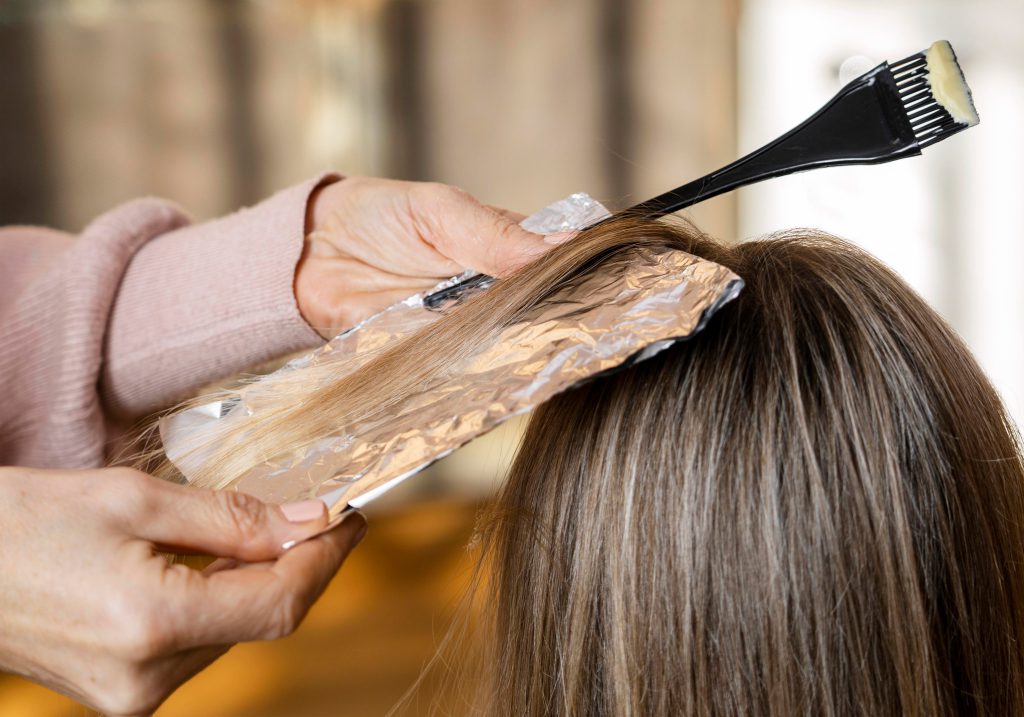
How many times a year is it appropriate to dye hair?
The frequency with which it is appropriate to dye hair can vary based on several factors, including the type of hair dye used, the desired color, the rate of hair growth, and the individual’s preferences. Here are some general guidelines:
- Temporary or Semi-Permanent Dyes: These dyes typically last for a shorter duration, usually a few weeks to a couple of months. Depending on the fading and the individual’s preferences, they might be applied every 4-6 weeks or as needed.
- Permanent Dyes: Permanent hair dyes last longer than temporary or semi-permanent options. The typical recommendation is to touch up the roots every 4-6 weeks, especially if you’re covering gray hair or maintaining a specific color. However, coloring the entire length of the hair may not be necessary every time.
- Highlights and Balayage: These techniques involve coloring only specific sections of the hair, and they generally require less frequent touch-ups compared to full-color applications. Many people choose to refresh highlights or balayage every 2-4 months.
- Fashion Colors or Intense Shades: Vibrant or fashion colors may fade more quickly than natural shades. Touch-ups for such colors might be needed every 3-6 weeks, depending on factors like hair washing frequency, sun exposure, and the specific color used.
- Hair Health: It’s crucial to consider the health of your hair. Frequent coloring, especially with permanent dyes containing strong chemicals, can lead to damage and dryness. Giving your hair time to recover between dyeing sessions is important.
- Professional Consultation: It’s advisable to consult with a professional stylist who can assess the condition of your hair, discuss your goals, and recommend a coloring schedule based on your specific needs.
Ultimately, there is no one-size-fits-all answer, and the appropriate frequency for hair dyeing varies from person to person. Pay attention to the condition of your hair, use quality hair care products designed for color-treated hair, and consider your lifestyle and preferences when deciding how often to dye your hair. If in doubt, seek guidance from a hairstylist who can provide personalized advice based on your hair type and goals.
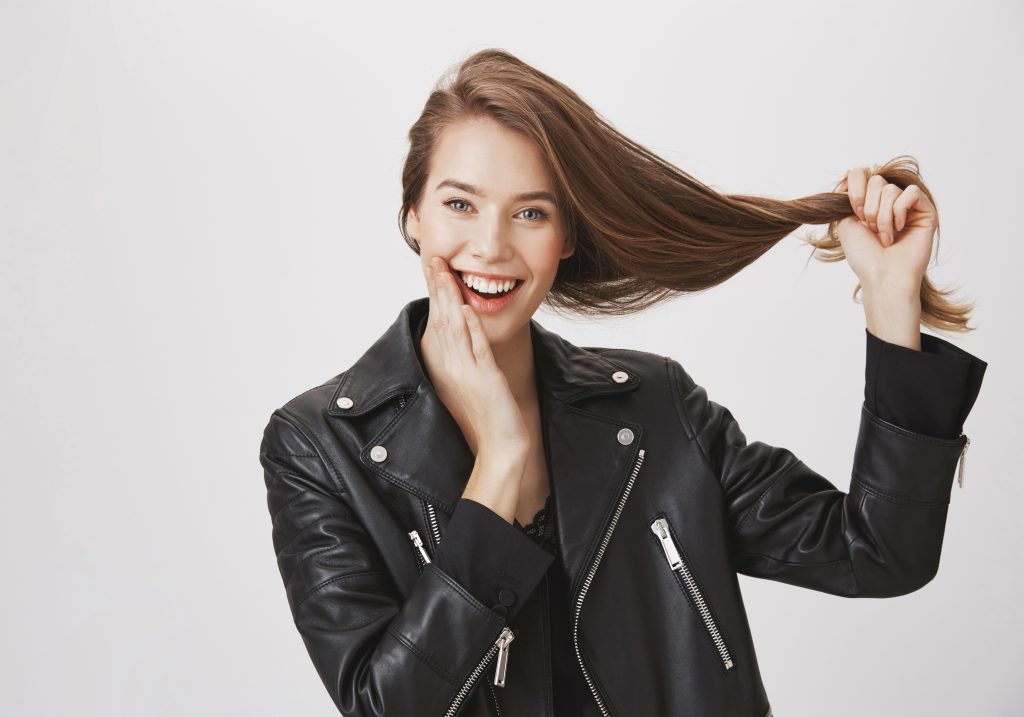
What is the best hair color material?
The “best” hair color material can depend on various factors, including individual preferences, desired results, and considerations for hair health. Different hair color materials have distinct characteristics, and what works well for one person may not be suitable for another. Here are some common types of hair color materials:
- Henna: Henna is a natural plant-based dye that has been used for centuries. It provides a reddish-brown color and is popular for its conditioning properties. Henna is a good option for those looking for a natural and semi-permanent color, especially if they want red tones.
- Vegetable-Based Dyes: Some hair dyes are derived from vegetables and other natural sources. These dyes often contain fewer harsh chemicals than traditional synthetic dyes, making them a gentler option for those with sensitive skin or allergies.
- Ammonia-Free Dyes: Traditional hair dyes often contain ammonia, which can be harsh on the hair and have a strong odor. Ammonia-free dyes are formulated to provide color without the use of ammonia, making them a milder alternative.
- Semi-Permanent Dyes: These dyes typically do not contain ammonia or peroxide and are less damaging than permanent dyes. They gradually fade over time, which can be an advantage for those who want to experiment with color without a long-term commitment.
- Professional Salon Dyes: Many professional salons use high-quality hair color products that provide vibrant and long-lasting results. These dyes are often formulated to minimize damage and may offer a broader range of color options.
- Olaplex and Bond Builders: Olaplex and similar products are not dyes themselves but are often used in conjunction with coloring processes. They work to strengthen hair bonds and reduce damage during and after coloring. Many people find that using bond-building treatments helps maintain healthier hair when using traditional dyes.
When choosing a hair color material, it’s essential to consider factors such as the desired color, the condition of your hair, potential allergies, and your commitment to maintenance. Additionally, consulting with a professional hairstylist can provide personalized recommendations based on your hair type and goals. Always follow the instructions on the product and perform patch tests to check for potential allergic reactions.
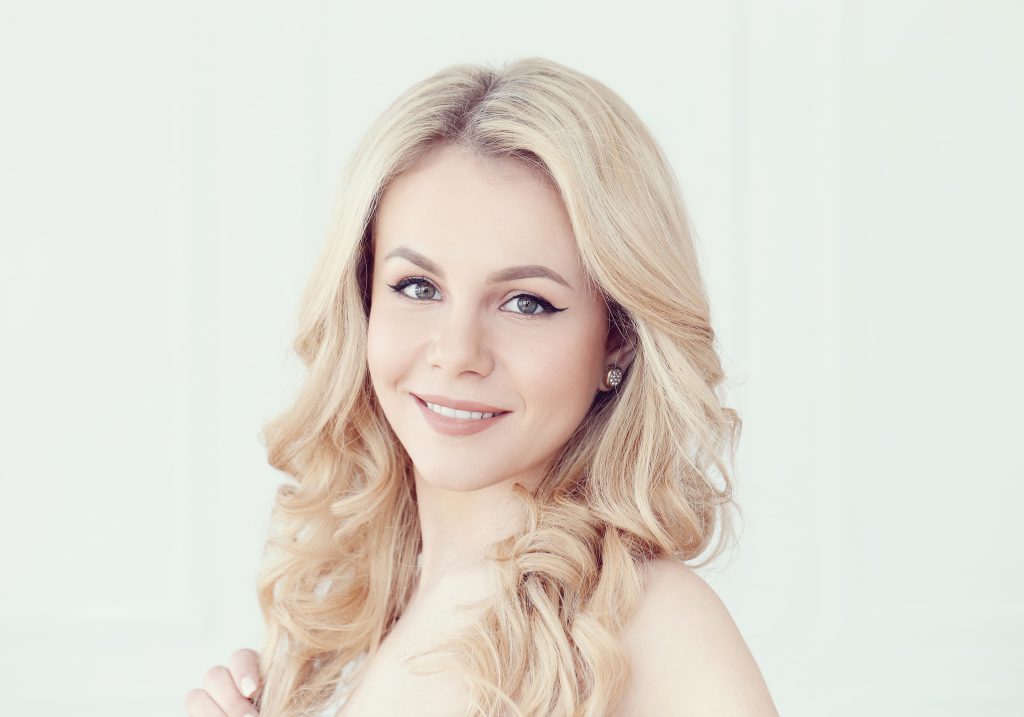
At the end of this article, you can contact us for face-to-face and online consultation to receive complete guidance for hair color services in Fatima beauty salon.
The staff of Fatima beauty salon offers all beauty services to you in a completely specialized manner
